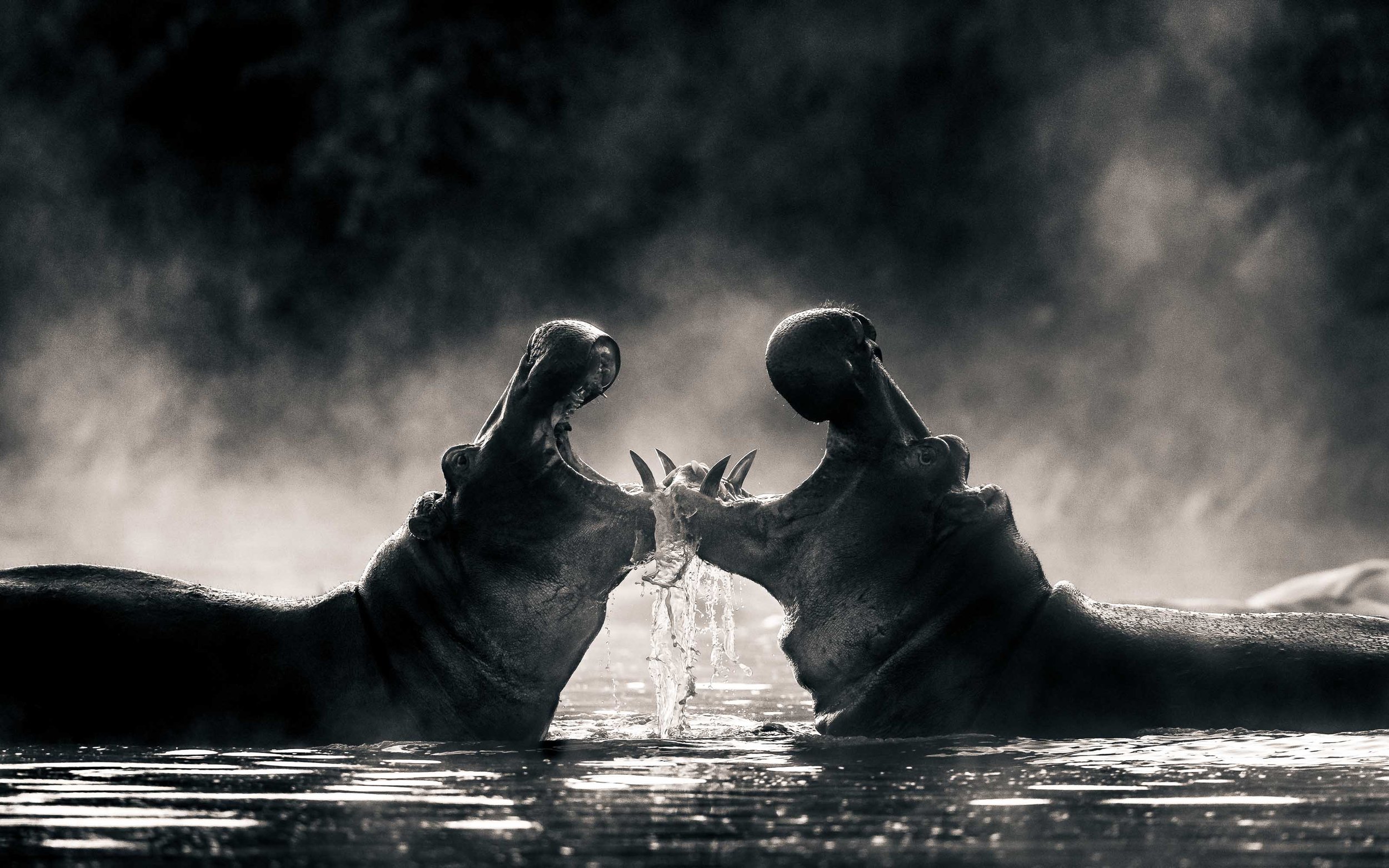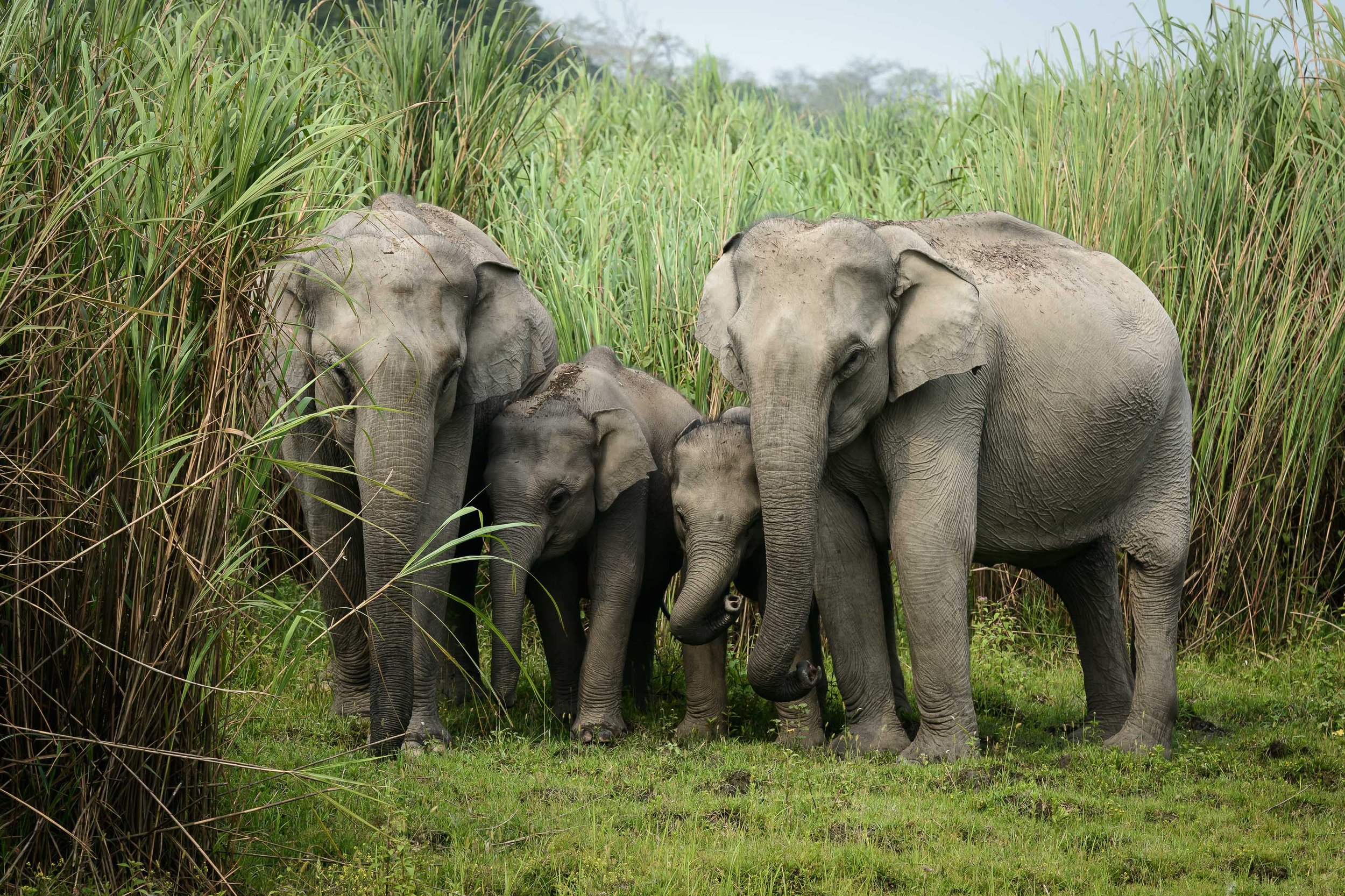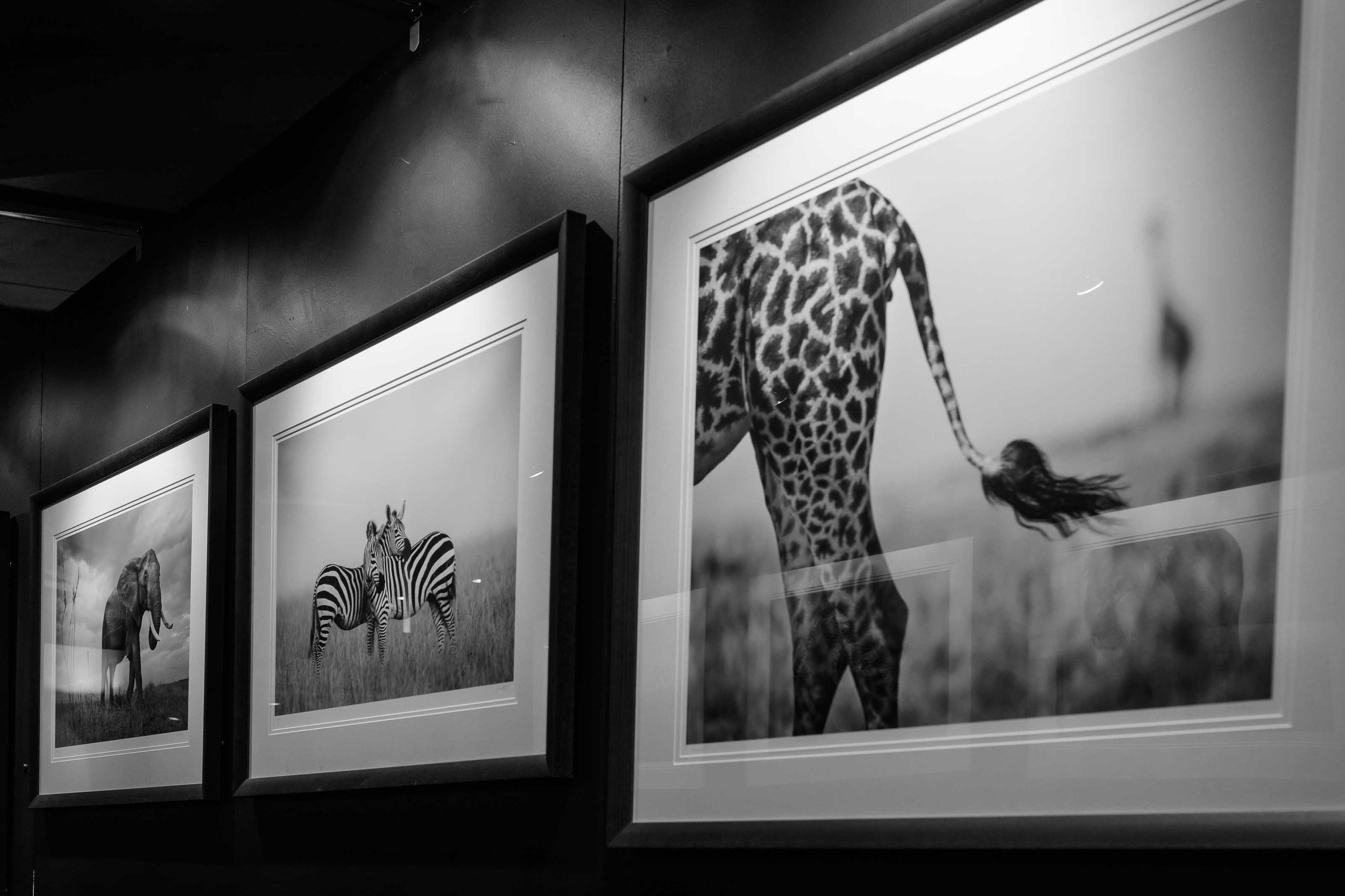How To Prepare For Your First Photography Safari
It's been a long wait, a long time coming, and a dream come true. It's your first photography safari. You're finally going to Africa and, for all your acquired photographic clout, this will certainly expose new challenges.
You may well wonder how to prepare for two weeks of photography, and what equipment you will need. If so, keep reading as in this article, I’m sharing my very best safari photography tips with you.
I’ll cover how to prepare for your first photography safari, and I’ll suggest what equipment you need plus other important considerations you need to make ahead of your trip.
The art of wildlife photography on safari
Each safari trip I go on, for the most part, even now I find that I learn new things, or I tweak things to make my wildlife images even better. And those things include the choice of camera, photography lenses, batteries, memory cards, camera chargers, flights, safari clothing I wear and a whole host of other things besides.
So, I am writing this article, with decades of experience as a wildlife photographer behind me. I hope that you can benefit from my learnings. There have been many over the years. What follows will help you as you prepare for your first photography safari.
Remember, your trip is likely costing thousands, and if your prime objective is to photograph wildlife well, then skimping on the preparation side of things just doesn't make too much sense.
How to prepare for your first wildlife photography safari
Here are the things I urge you to consider ahead of your first-time safari experience:
1) Safari Camera Essentials: Camera Batteries
I have two or three types of camera batteries and take these with me on every trip.
When I was using the D700 or D300, I took the battery pack and used lithium AAs with it. Lithium batteries cost more than rechargeables (which work very well too) and are not so eco-friendly, some will argue, but they last an age, and they don't weigh quite so much. Also, they retain their charge, unlike rechargeable ones which lose a lot over a week or so from a fresh charge.
Most safari camps, if not all, have charging facilities now, with generators operating at times of the day, but to be sure check with your camp. I prefer not to rely on such things, so take enough batteries with me.
That means I tend to travel with at least four batteries between two cameras. That should be enough. I have a D3s camera and two is plenty for that one, over a week, without a recharge.
2) Cards and backup storage
When it comes to memory cards and backup storage while on a photo safari, I suggest you take plenty. The most you can afford.
I'm not one for the big capacity ones of 32 or 64 GB, as I don't like to leave too much on one card just in case it gets damaged. So, I much prefer a wallet of 8 or 16 GB ones. Having said that, I've not lost a card yet, but I do like the peace of mind that goes with the smaller-capacity memory cards.
Faster cards cost more than normal ones, and I prefer to use the not-so-fast ones because I can buy a lot for less. Unless you are taking many rapid bursts of pictures (I don’t), then the average speed cards are fine. One advantage though of the fast memory cards is that you'll copy them to a backup device faster and thereby save some battery power.
Backup devices come in several forms and these days most prefer a laptop. Obviously, you'll be relying on a PowerPoint for that but, as I said, most camps have generators now anyway.
Alternatively, there is the hard drive type of backup of which its sole purpose is to do just that - back up your cards. They have a little screen so that you can see what you've got. But I think it's just an extra palaver to use these because of their weight, the extra cables needed and so forth.
Given some cameras have dual card slots now, I'm pretty much for saving out duplicate cards that way and keeping them separate and not worrying too much about electronic backups. Since I don't feel compelled to view my images while I'm away, I'm quite comfortable with that, but that's just me.
3) Cameras for Safari Photography
When heading out on your first photography safari, my advice would be to take two cameras with you. That way, you can attach different lenses to them and be ready for any unexpected action.
Another benefit of this is that, with different lenses on two cameras, there’s less need to change lenses and therefore less likelihood that dust will enter your camera and dot your pictures.
But above all, take two cameras in case one breaks! I can think of nothing worse on a photo safari than when a camera breaks on day one. Furthermore, think of the peace of mind you'll get by having a backup camera, even if you don't use it.
Another camera tip - Don't change lenses on the move unless you want to mess up your camera or lens mounts. Looking down while you are changing lenses will ensure that you miss the big bump in the road ahead! The result will be a lens collision, and you'll likely find that you’ll either never attach it again or jam it in permanently.
When on a photography safari, always keep an eye on your camera gear in a moving vehicle. So often now I've seen a 500mm roll off the seat and onto the floor with a sickening thud! Beanbags supplied by the camp are good for keeping them safe.
One further consideration regarding cameras for safari photography; most safari camera gear breaks down when it's brand new or very old. So, avoid the temptation to buy at the eleventh hour. It's the same with lenses and cards too.
4) Safari Camera Essentials: Lenses
When it comes to lenses, the simple rule is to take the best lenses you can afford.
If you can't afford to buy, then consider hiring. But if you do hire, hire a few days before to practice with it and to get used to its idiosyncrasies. Don't be suckered into taking the very biggest lens unless you've had a good experience. They are difficult to master for beginners.
For places like the Maasai Mara in Kenya, a 400 is fine. It will serve 90% of your needs.
You can get close to the animals in the Mara, although it's wrong to try to get too close. My repertoire is 12-24, 24-70, 70-200 and a 200-400. I use the latter the most, with the 24-70 coming in second. I also have a 1.4 converter which I occasionally use.
5) Safari Camera Settings
Another tip - Get a fast lens. That's a lens with a low maximum aperture, ideally f/2.8 or F/4.
A f/5.6 aperture lens is going to cause you problems when the light is low and thus when the animals are more active. The new Sigma consumer zooms are great but at maximum length, they blow out to an aperture of f/6.3 and so making it very difficult to catch the action at either end of the day while maintaining an adequate shutter speed.
During a photo safari, a wide maximum aperture also serves well for isolating the animal from its background.
6) Safari Binoculars
I’m a photographer who usually uses long lenses which can act as binoculars sometimes. If you’re wondering what size or strength binoculars are best for safari, I’d suggest 8x40, which is a good balance between magnification, brightness, size and image stabilisation. 10x40 I also like, but they are not as bright.
Another feature to consider when choosing a pair of binoculars is the brand. As with most things, the more you spend, the better the experience. The better brands (Leica, Swarovski) are expensive but offer a much better experience, especially for bird watchers.
I often carry an 8x20 monocular only because I carry other equipment and this easily goes into my top pocket. The brightness and clarity I have from these are astonishing for an optic so small. I believe this monocular was derived from the Leica 8x20 binoculars.
7) International flights
Another important consideration when planning your first photography safari is the airline you choose and its limits on hand luggage.
British Airways is the only airline that I'm aware of that offers no weight restriction on carry-on luggage although all airlines specify maximum carry-on dimensions.
Be mindful of some airlines' carry-on weight limits otherwise, you may be asked to check your camera bag in, which would be far from ideal.
8) Internal flight restrictions
Most internal flights, from Nairobi to the Maasai Mara anyway, impose a strict 15kg weight limit on luggage, and that's not just for your case, that's everything; case, carry on bag AND your camera bag.
Given some people's camera bags can approach 15kg on their own, this provides a problem, obviously. So, you're going to have to pack accordingly or find other ways to transport what you need to bring.
For example, your camp may provide an overland solution to your camp or you may consider buying two seats on the aircraft. Or you might consider a photographer’s vest and packing that with your gear.
Looking ahead to your photo safari in Africa
A wildlife safari has become pretty much an ultimate dream for many. We all have seen incredible wildlife photography in books and magazines, and we aspire to capture similar wildlife images ourselves.
Alas, as with anything, wildlife photography takes practice. In an ideal world, we'd have the chance to practice our wildlife photography skills. But for some, that's not viable - there will only be one opportunity - so we must make the best of what we can on our first photography safari.
Photography on safari
I hope that the tips I’ve shared above prove useful as you plan what camera equipment to take. Please comment below or share this article with others if you’ve found it valuable.
If you are interested in finding out more about my wildlife photo safaris and tours, please take a look around the website and get in touch to enquire.
All the very best for your first photography safari!
David







